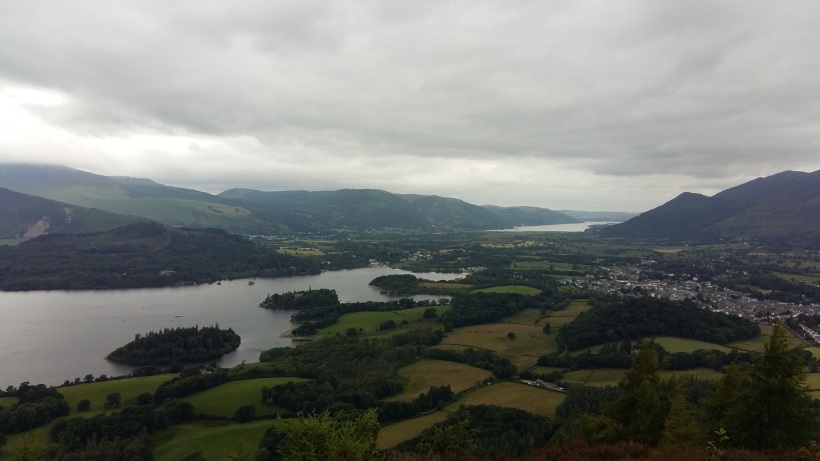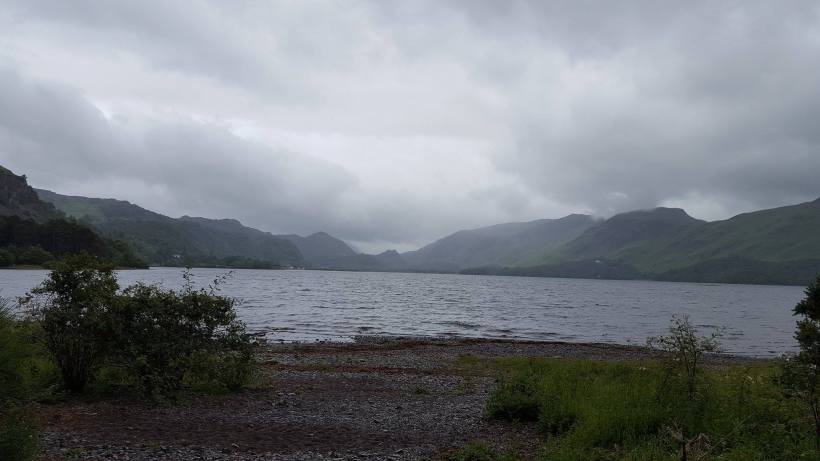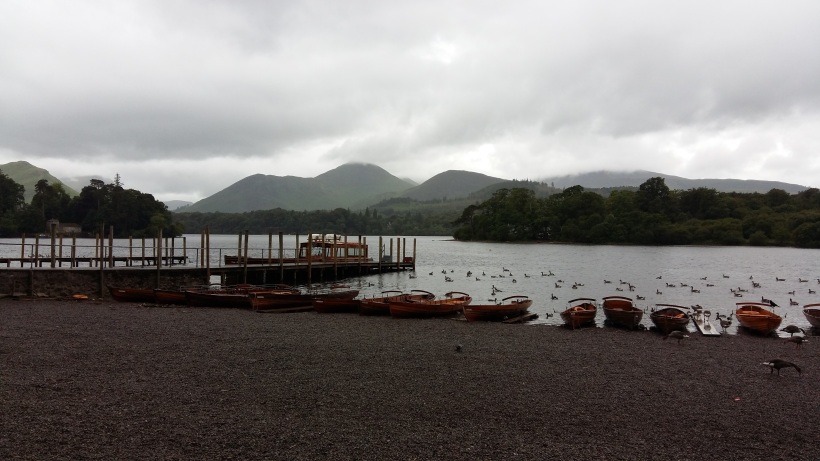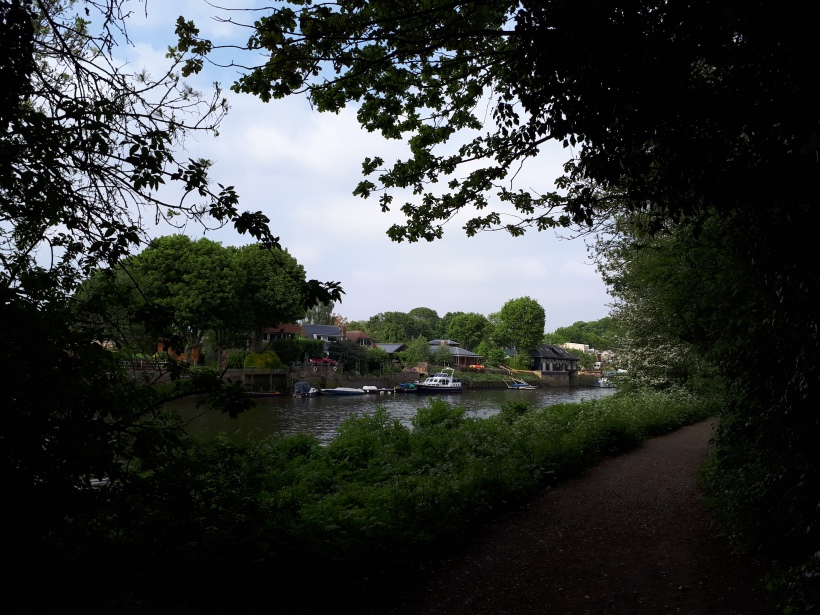In early January, with a new urge to get fitter, Chris and I went on an excursion to the Surrey Hills. We weren’t quite sure where we were headed but knew that if we kept driving, we would soon find somewhere. Which is exactly what we did.
Deep in the heart of the Surrey Hills is Box Hill – so called because of its box-like shape as it sticks out from the landscape. It was a rather cold day and the ground was sodden from the previous days’ rain. But that wasn’t going to stop us.

Upon arrival, we first headed to the information point where we decided to make our way towards a viewpoint, or Solomon’s Memorial, that we’d passed on the drive up. Despite the fog, the view was beautiful as we looked down into the valley with Woking sat in its centre.
We began to walk along the hillside, yet it soon became too muddy for us to continue. Turning on our heels, we headed back to the visitor centre where we picked up a number of maps – the Box Hill Hike, Happy Valley Walk, Hill Top Stroll and the Juniper Top Walk.

Looking at the maps, we felt that the Box Hill Hike may have been a bit too much for that day, whilst the Juniper Top Walk and Hill Top Stroll wouldn’t get us our steps. Therefore, we decided on the Happy Valley Walk.
Starting at the visitor centre, we took a detour to the Box Hill Fort, which was built in the late 18th century when there were fears that London may fall and take the British Empire with it. One of thirteen forts of its kind, it was built as a last-ditch attempt to save the capital of the empire.

Now, the fort is in a state of disrepair, cordoned off and graffitied to its roof. In truth, it was a fairly sad sight. But, it was also interesting to find out about the fears of London being overturned and the lengths that they went to in order to secure it.
Returning to the Happy Valley route, we passed through the car park and into the dense forest. Here was where it got really muddy. Not wanting to head back again, we slipped and slided our way through the trees.

Coming to a clearing, we wandered out to look down from the top of Lodge Hill – a view which arguably rivals the earlier viewpoint. From here, we could see a number of people walking up the side of the opposite hill on what appeared to be a proper path.

Keen to not be wading through mud for much longer, Chris started down the valley to see if we could reach the path. However, upon reaching Zig-zag road, we realised that there was a very steep drop and no path on which to walk down.

Abandoning that idea, we headed back up the hill and onto Broadwood’s Tower. A really lovely tower, it looked magical surrounded by all of the trees. The tower was built around 1817 as a memorial to the Battle of Waterloo and stands above Juniper Hall, the former Broadwood family home.

After exploring the tower, we soon came to a series of incredibly steep steps. The mud had not gone away and there were a few moments where things got a little treacherous as we slipped down the valley side. We were concentrating too hard to count the steps.
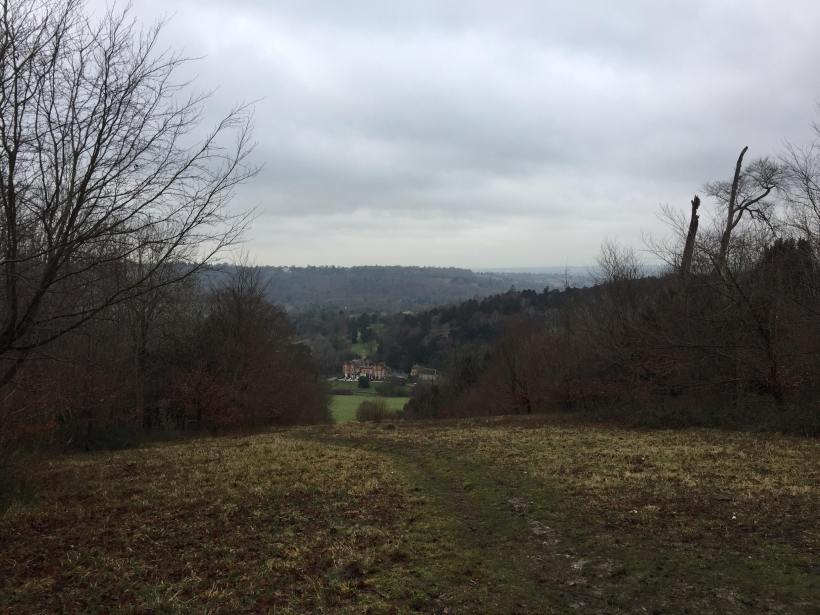
At the bottom, it was almost like we’d entered a Black Mirror episode with the absolute silence and eerie dusk that was creeping in. The valley bottom at least was fairly dry and this part of the walk was easy.

But the hardest part was yet to come. A steep incline takes you back up the hill to Juniper Top. Once again in dense woodland, we joined the Juniper Top Walk that took us back to Donkey Green and the car park.

We had aquick pit stop at the visitor centre before deciding to also incorporate the Hill Top Stroll into our day. The walk took us back to Solomon’s Memorial where we began down the hill to the right.

Navigating in the fading light, we made our way along to Labilliere’s Grave, the gravestone of an eccentric man who had lived in the below town of Woking and requested specifically to be buried in that exact place face down. Definitely worth the trek in the dark to barely see!
Circling round, we ended up back at the Box Hill Fort before returning to the car park and on to home.




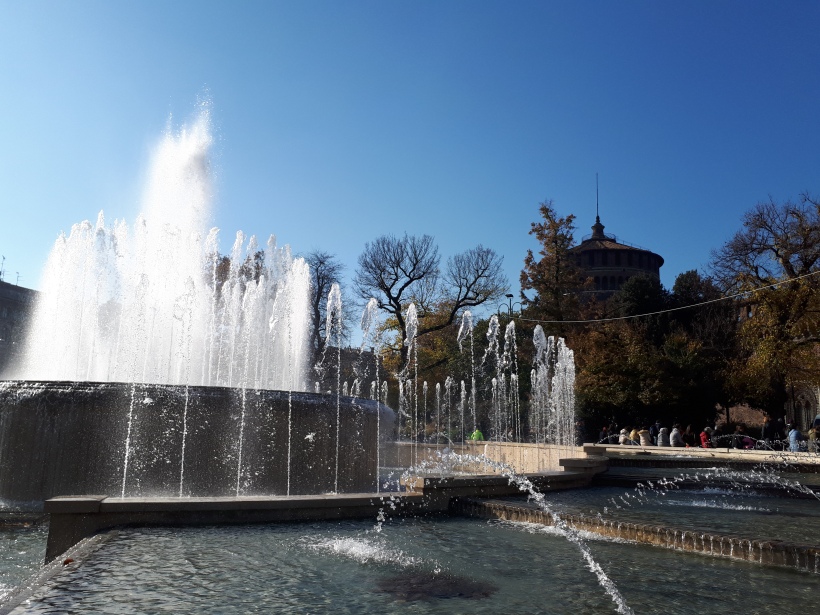












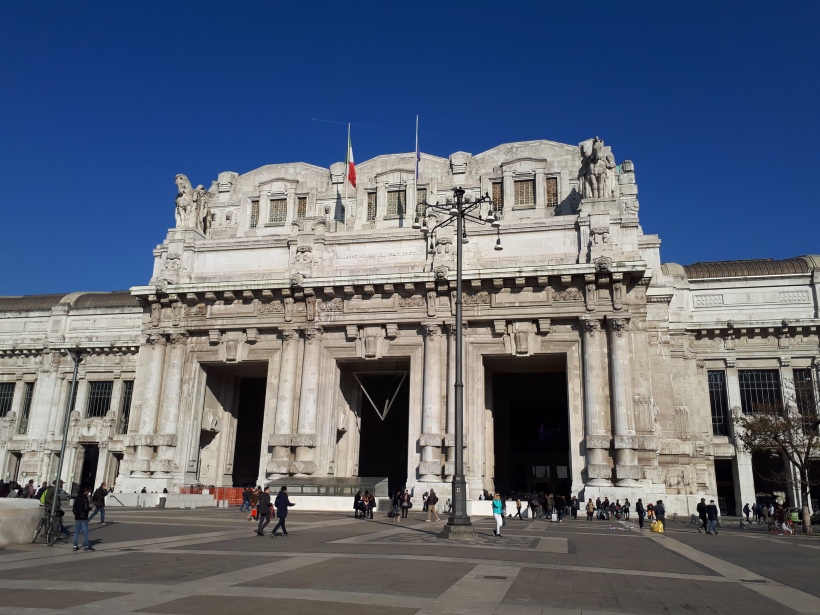








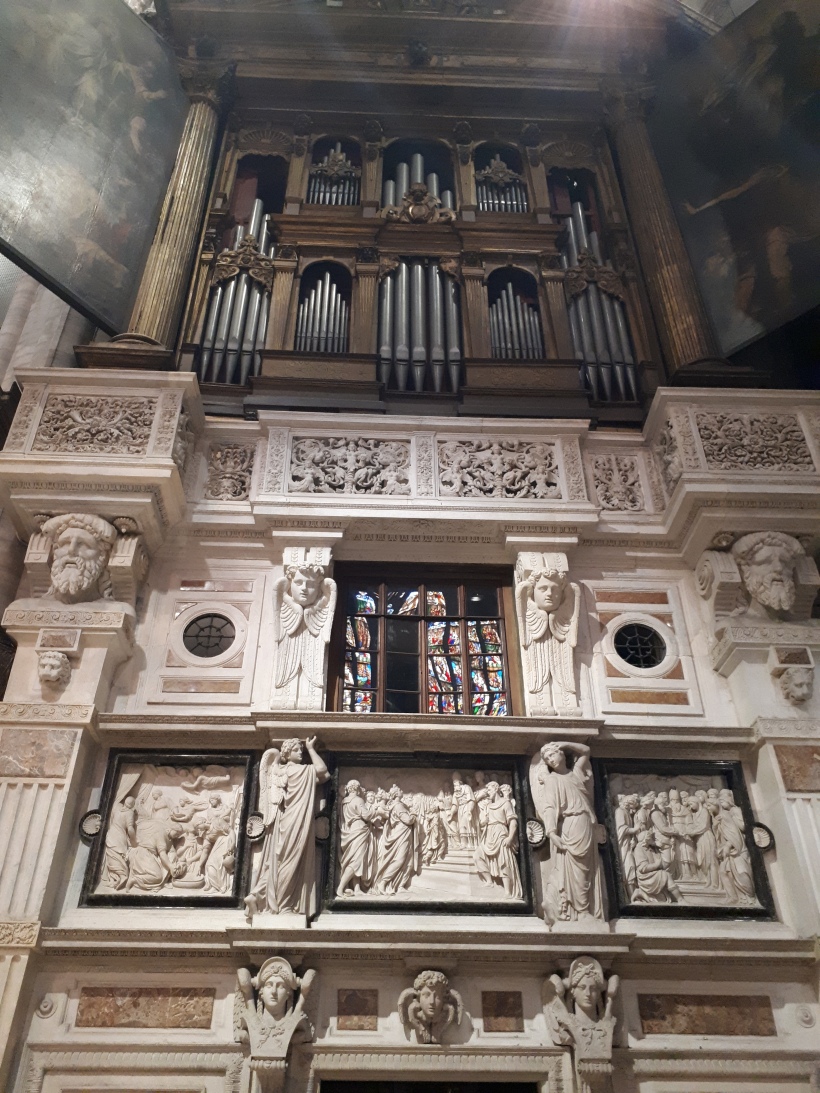








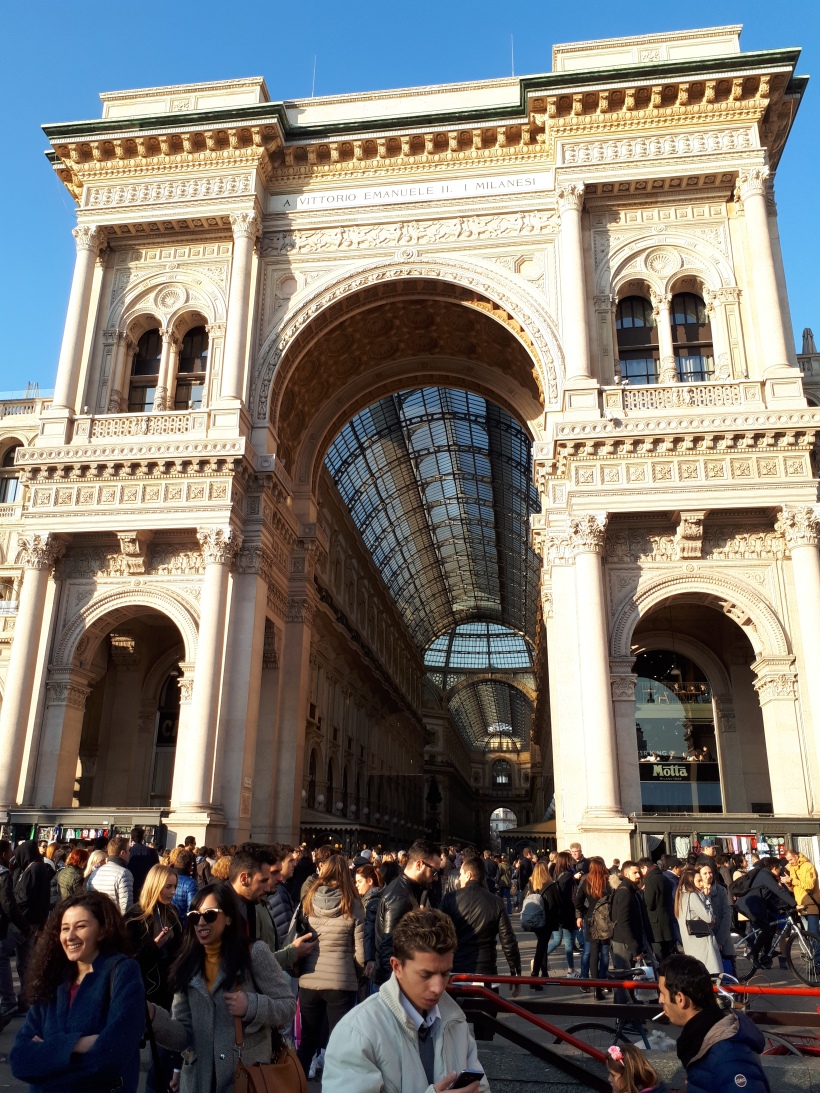







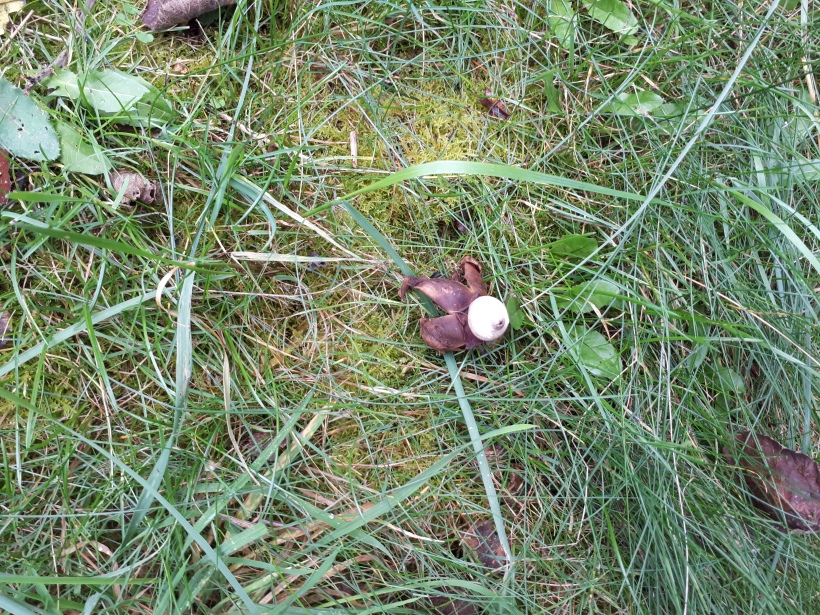



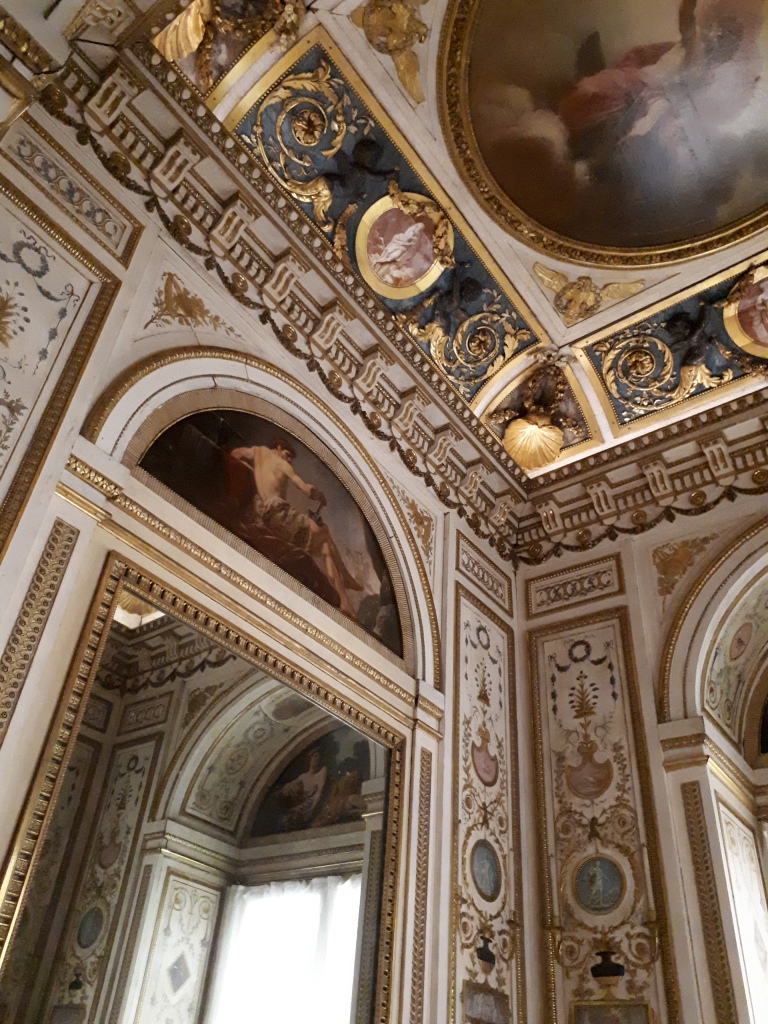








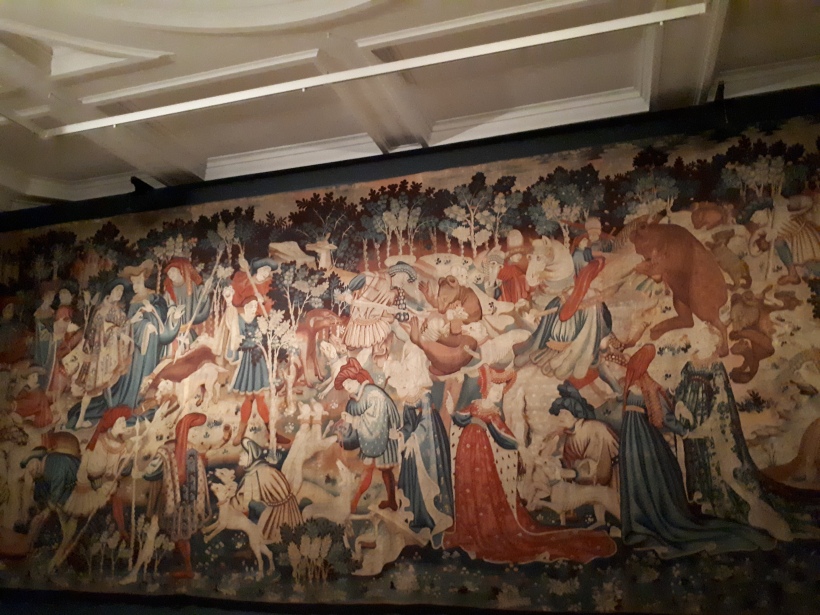

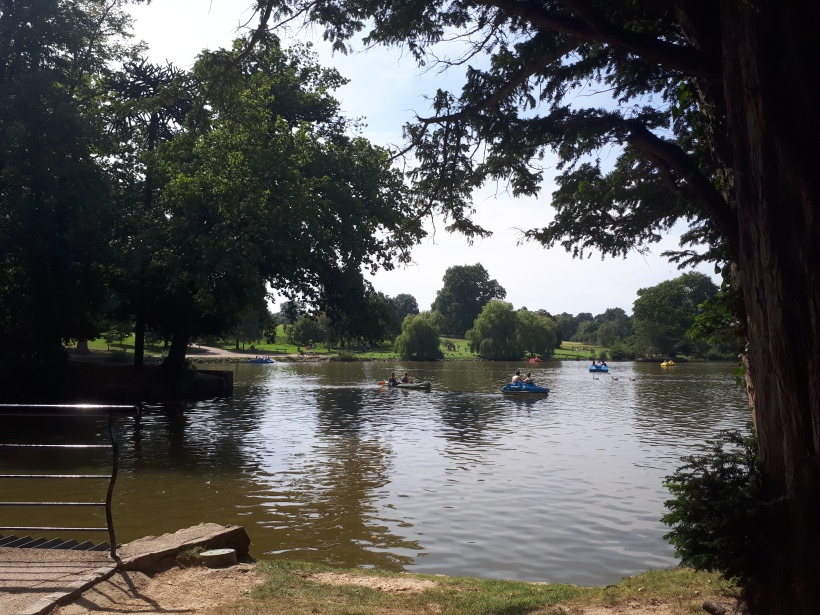















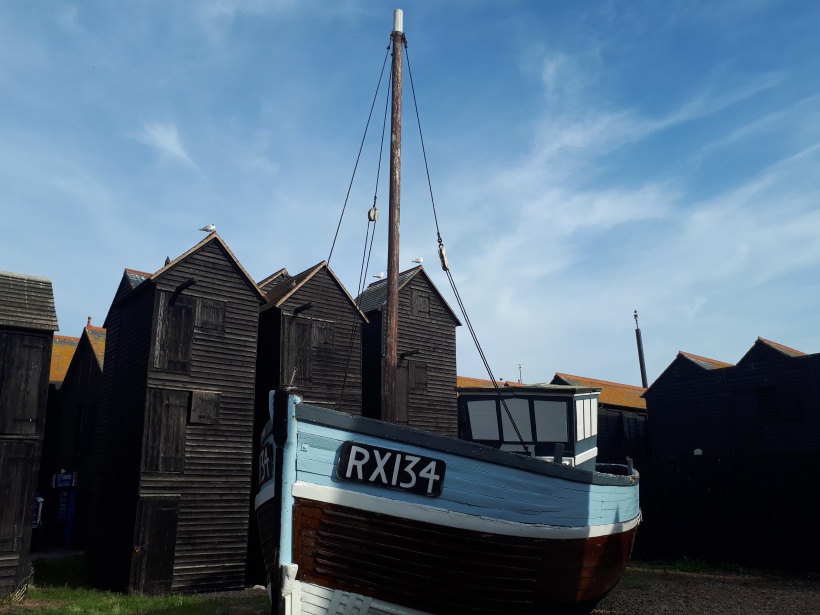






 The drive through North Yorkshire to reach the bay, which is close to the seaside town of Whitby, is beautiful in itself, but nothing quite beats the view from the top of the cliffs. There is a carpark at the top of the hill (which is usually incredibly busy) where you can walk down the many steps to reach the beach.
The drive through North Yorkshire to reach the bay, which is close to the seaside town of Whitby, is beautiful in itself, but nothing quite beats the view from the top of the cliffs. There is a carpark at the top of the hill (which is usually incredibly busy) where you can walk down the many steps to reach the beach. The beach is a haven for children and I spent many holidays rock-pooling with my Dad and sister, finding crabs and anemones – even a lobster once! This time we stopped for ice cream from the van which is always there and it was wonderful. We sat with the sea creeping in and the last families packing up their beach towels in time for tea.
The beach is a haven for children and I spent many holidays rock-pooling with my Dad and sister, finding crabs and anemones – even a lobster once! This time we stopped for ice cream from the van which is always there and it was wonderful. We sat with the sea creeping in and the last families packing up their beach towels in time for tea.  After eating our ice creams, we went to discover whether our favourite place to eat was serving. Unfortunately, a Tuesday evening after a bank holiday Monday, Ye Dolphin was only offering drinks. We still sat in the lovely old bar lined with beer bottles and quirky pictures, taking in the atmosphere. Beginning to feel hungry, we wandered through the cute back alleys between holiday cottages back up the hill to eat at the Victoria Hotel, which has a beautiful view along the coastline.
After eating our ice creams, we went to discover whether our favourite place to eat was serving. Unfortunately, a Tuesday evening after a bank holiday Monday, Ye Dolphin was only offering drinks. We still sat in the lovely old bar lined with beer bottles and quirky pictures, taking in the atmosphere. Beginning to feel hungry, we wandered through the cute back alleys between holiday cottages back up the hill to eat at the Victoria Hotel, which has a beautiful view along the coastline.








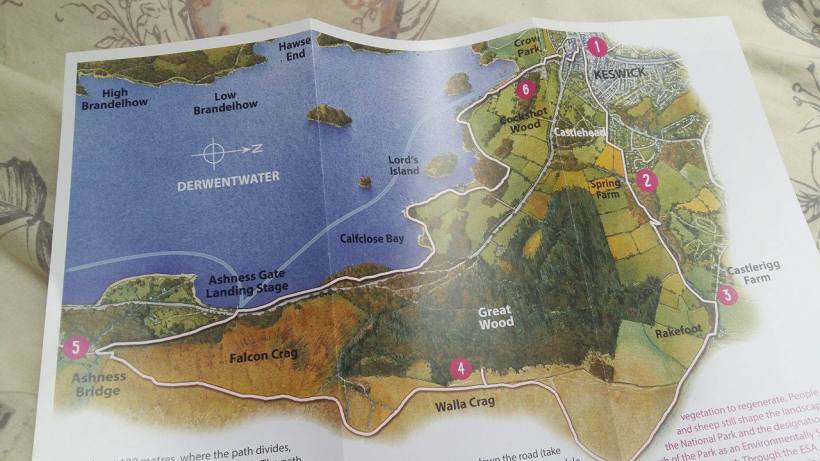
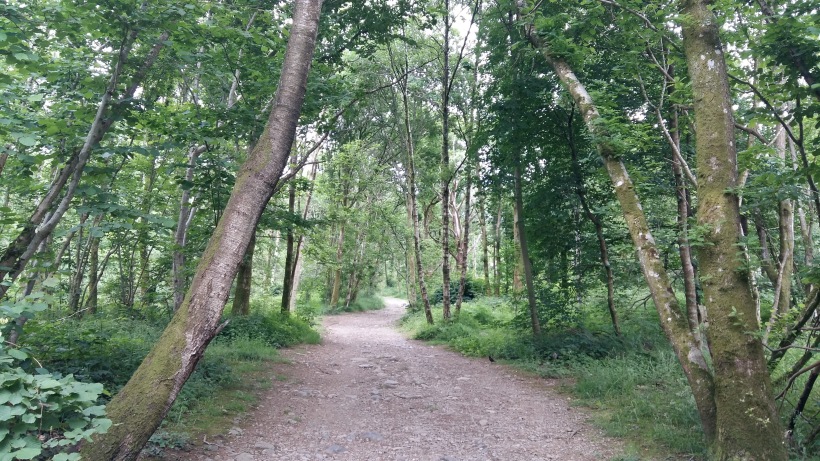 However, we soon came to a dilemma. I had been so busy enjoying the walk, I had unwittingly led us the route of Castlerigg Stone Circle and we needed to fall back on ourselves to reach the correct path. Not exactly as planned, but the slight detour was worth it for the fantastic views across Derwent Water and towards Blencathra and Skiddaw.
However, we soon came to a dilemma. I had been so busy enjoying the walk, I had unwittingly led us the route of Castlerigg Stone Circle and we needed to fall back on ourselves to reach the correct path. Not exactly as planned, but the slight detour was worth it for the fantastic views across Derwent Water and towards Blencathra and Skiddaw.
